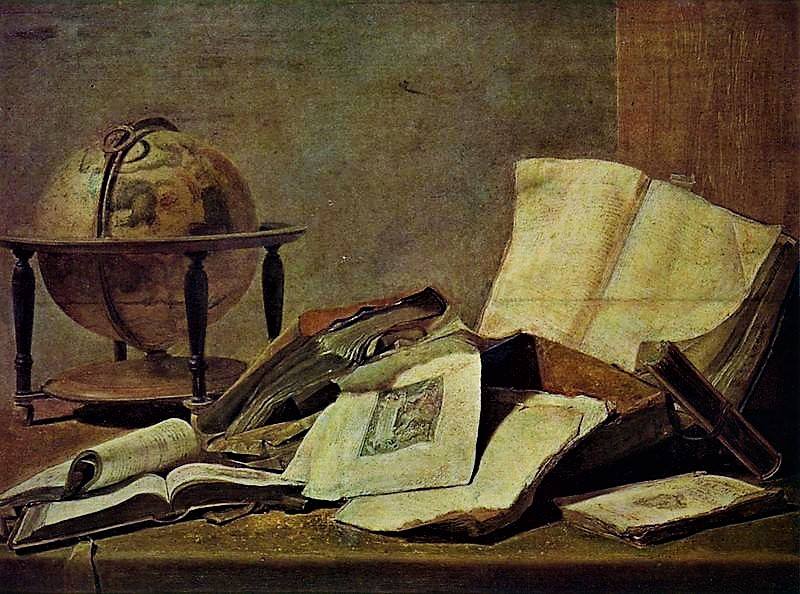The Copper Scroll is part of a collection of 1st Century religious documents collectively known as Dead Sea Scrolls. These religious manuscripts, recovered in excavations between 1947 to 1956, are among the oldest Old Testament manuscripts discovered to date. Archeologists believe the scrolls were really a library belonging to a Jewish sect. The library was concealed during The First Jewish Revolt (A.D. 66-70).
Unlike the other Dead Sea scrolls that are religious in nature, the Copper Scroll is a treasure map. The only scroll made of metal, this scroll lists sixty-four underground caches. The contents of all but one contain gold, silver, and precious stones. These treasure deposits, believed to be worth in excess of 2 billion dollars, may date from the Second Temple. Some archaeologists believe the treasures were deposited prior to the Romans sacking the temple.
http://www.ancient-origins.net/ancient-places-asia/lost-treasure-copper-scroll-001457
http://www.unmuseum.org/copper.htm
http://www.centuryone.com/25dssfacts.html
http://copper-scroll-project.com/about-the-copper-scroll/
http://www.deseretnews.com/top/1452/6/The-Copper-Scroll-10-facts-about-the-Dead-Sea-Scrolls.html
Despite several searches, no treasure listed on the Copper Scroll has yet been recovered. The problem is that the scroll gives only a vague set of instructions lacking tangible starting points. The instructions start with a general geographic location or a building as the starting point. From there the instructions lead to the cache.
“In the stubble field of the Shaveh, facing southwest, in an underground passage looking north, buried at twenty-four cubits: 67 talents.”
“In the salt pit that is under the steps: forty-one talents of silver. In the cave of the old washer’s chamber, on the third terrace: sixty-five ingots of gold.”
“In the Great Cistern which is in the Court of Peristyle, in the spout in its floor, concealed in a hole in front of the upper opening: nine hundred talents.”
Which stubble field? What salt pit? Are the steps still there? And even if the location is known, is the Peristyle (a continuous porch formed by a row of columns surrounding the perimeter of building or a courtyard) still standing?
There isn’t a solid starting point to launch a search. In addition, how do you locate a 2000 year old salt pit? Are the stairs still there? And more importantly, did the Romans (or anyone else) already recover the treasures? These obstacles haven’t deterred would-be treasure hunters.
In 1962, John Allegro, a member of the scroll editing team, led an extensive search for some of the scroll’s treasures. Using information from the scroll combined with a best guess approach, Allegro located and searched several possible treasure sites. Despite his efforts, Mr. Allegro failed to recover any treasure.
Were the treasures listed on the Copper Scroll recovered by the Romans? Perhaps historians like Robert H. Eisenman are correct, and the treasure caches were recovered by Knights Templar during the First Crusade. It could be that over the last two millennia the caches have been discovered piecemeal.
Or maybe the caches still rest under the shifting sands of the Holy Land waiting to be recovered.
Who really knows.
